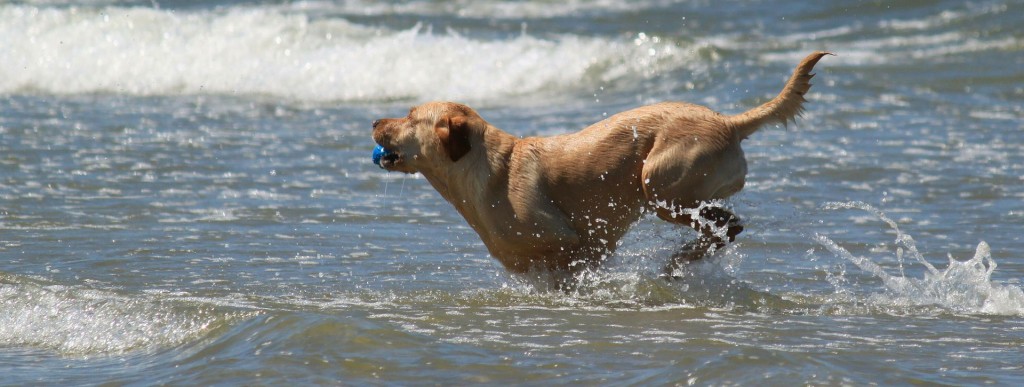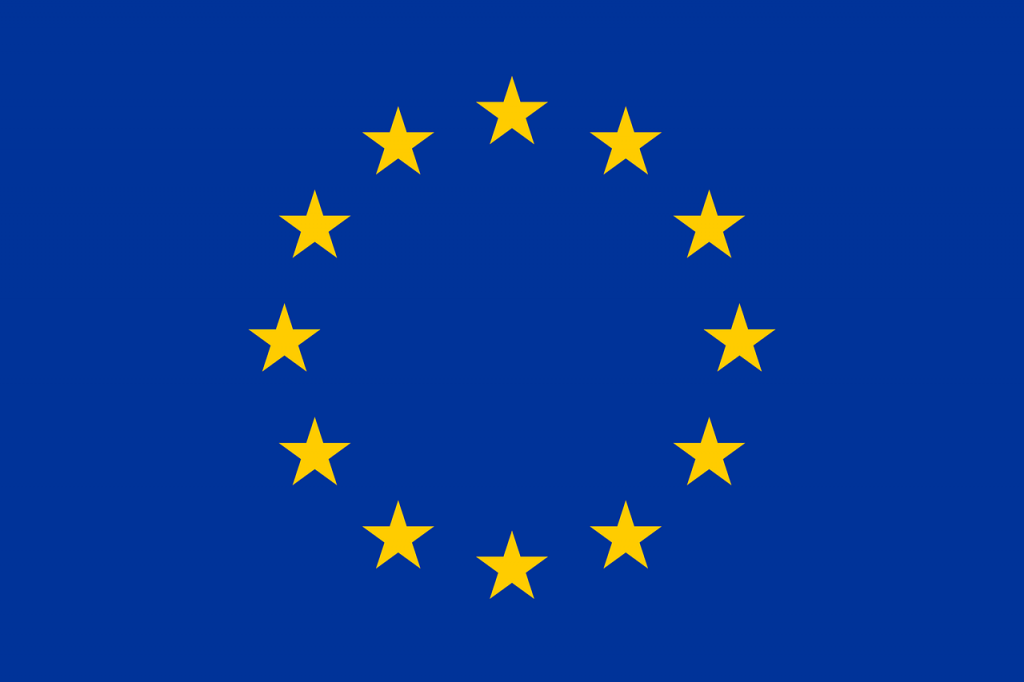£0.00 (0) Cart

For most of us, going on holiday means taking our beloved pets to a kennel or to stay with friends or family. But for the rest of us, leaving them at home is just too hard to bear – and that means us taking pets abroad. There are stringent rules on the movement of animals to stop the spread of disease, and there are different rules that apply to EU countries and those outside of this area.
In general, dogs, cats and ferrets have their own set of rules which determine where they can travel and how. Other animals, such as rabbits or reptiles, have fewer restrictions but are subject to quarantine, import licences and inspections where necessary. The majority of people will be looking to take their dog or cat abroad, so this will be the main focus of this article.
Travel Within The EU & From Listed Countries
 As expected, both the UK and the EU have set procedures for taking pets abroad and these must be followed stringently to avoid any problems and the possibility of your pet being detained in quarantine. When you are travelling within the EU, or into the EU from a listed country (a list of which can be found here), there are four key points to remember:
As expected, both the UK and the EU have set procedures for taking pets abroad and these must be followed stringently to avoid any problems and the possibility of your pet being detained in quarantine. When you are travelling within the EU, or into the EU from a listed country (a list of which can be found here), there are four key points to remember:
It is also possible to travel into the EU from unlisted countries but more stringent controls apply, including:
Returning To The UK
 After taking your pets abroad, you must ensure you have the correct documentation with you upon your return to the UK. This includes the relevant Pet Passport or official veterinary certificate, as well as proof of micro chipping, vaccinations and treatments.
After taking your pets abroad, you must ensure you have the correct documentation with you upon your return to the UK. This includes the relevant Pet Passport or official veterinary certificate, as well as proof of micro chipping, vaccinations and treatments.
Failure to produce any of the necessary proof could result in your pet being quarantined or being sent back to your original destination. You will also be responsible for the cost of this, so it is wise to check everything is in order.
The Important Pet Passport
Much like our own passports, a Pet Passport contains all the necessary information your pet requires to go abroad. Applicable in EU countries, it is issued by an Official Veterinarian, who can usually be found in your local veterinary practice.
What You Need To Do
To get a Pet Passport, book an appointment with an Official Veterinarian and take your pet with you. You’ll need to take their identity and vaccination records, and make sure they are micro chipped and have the necessary vaccinations and treatments. It is up to you to check that all the relevant sections (1 – 4) of the passport are filled in correctly.
Validity & Replacing Your Pet’s Passport
A Pet Passport is valid for re-entry into the UK 21 days after a vaccination against rabies, or later than that if the vaccinations are up-to-date.
At some point the Pet Passport may become full (i.e. have no space for the vet’s information) if you make regular trips abroad. All you’ll need to do is visit your vet for a new one.
Conclusion
Taking pets abroad can be quite a challenge for both pet and owner, especially at the first time of asking. However, once you have your Pet Passport in place and you’ve received advice from your vet, it can be quite an easy process – plus you’ll be able to have your beloved pet with you on your travels!